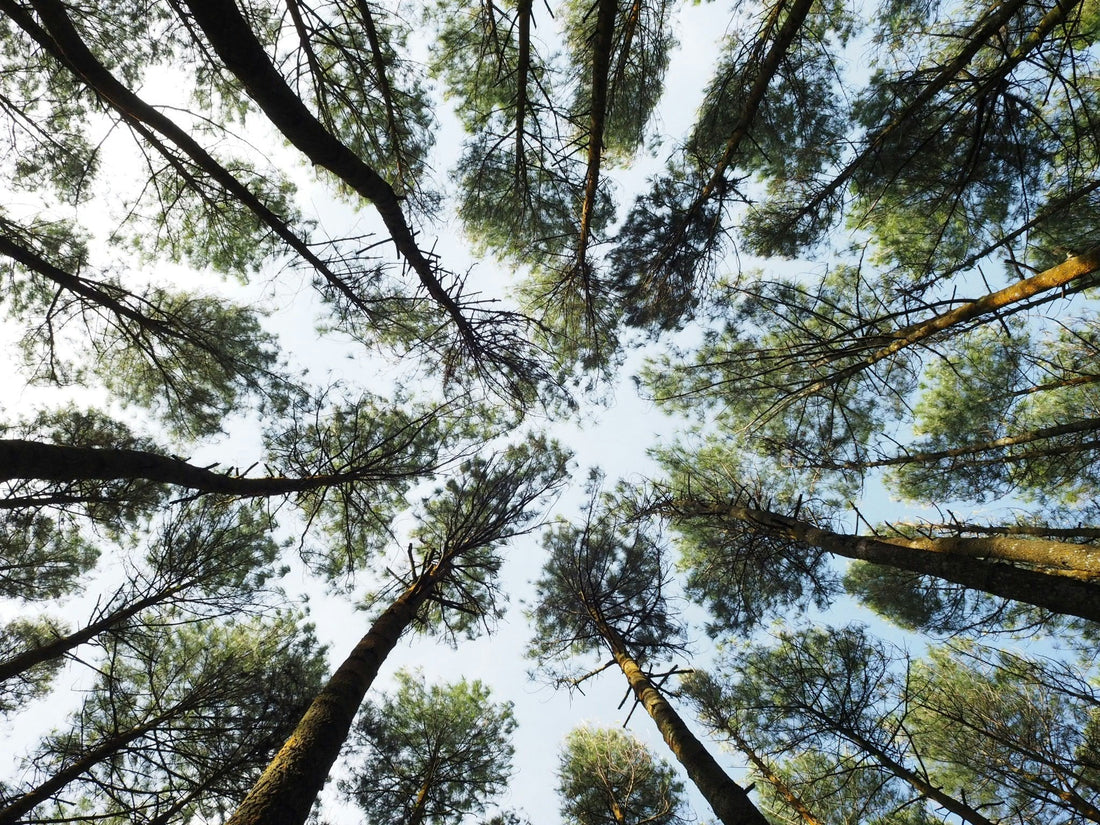
Cerulean Warbler Guide: Migration, Diet, and Conservation
The Cerulean Warbler (Setophaga cerulea) is a bird that inspires hushed tones among birders. With its sky-blue plumage and buzzy song, it’s a species that many dream of adding to their life list—but few are lucky enough to see. Spotting one can feel like catching sight of a scrap of sky flitting through the treetops: here one moment, gone the next.
But behind that beauty is a sobering reality. The cerulean is one of North America’s fastest-declining songbirds. Populations have dropped steeply in the past 50 years, making each sighting both a thrill and a reminder of the urgency of conservation.
Migration: Following the Flyways
Like many warblers, the Cerulean is a long-distance traveler. Each year, it migrates thousands of miles between breeding grounds in the eastern U.S. and wintering grounds in the Andes of South America.
Most populations move along two great highways in the sky:
The Mississippi Flyway, channeling birds through the heart of the continent.
The Atlantic Flyway, guiding those that nest in the Appalachians and Northeast.
If you’ve ever strained your neck into the canopy in May, you know spring migration is the best chance to glimpse one. Ceruleans begin leaving South America in late March and usually arrive in the U.S. by late April. The males, eager to stake out territories, often show up first, singing from the highest branches of oaks and maples.
By mid-summer, their work is done. Adults begin heading south as early as late July, with younger birds following in August and September. By early October, most have vanished from North America, once again chasing warmer forests farther south.
Diet and Foraging Behavior
The Cerulean Warbler makes its living high in the canopy, where it gleans tiny insects and spiders from leaves and twigs. It’s an acrobat—often “hover gleaning” in mid-air or darting out to snatch a bug before returning to its perch.
Insect prey dominates their diet: caterpillars, flies, beetles, and moths are staples. During migration, however, they’ll also take berries and nectar when insects are scarce, a crucial backup fuel source for marathon flights.
Unfortunately, that dependence on insects also makes them vulnerable. Pesticide use and declining insect populations ripple directly through cerulean survival.
Behavior: Life in the High Canopy
Even when they’re nearby, Cerulean Warblers can be maddeningly hard to spot. They prefer to stay high—sometimes 50 to 100 feet above the ground—where their powder-blue feathers blur against the sky. More than one birder has walked away with a sore neck after chasing a buzzy trill through the treetops.
Males sing a rising, buzzy song that can cut through a spring morning. Pairs nest in large tracts of unbroken forest, weaving delicate, cup-shaped nests on horizontal branches. The female’s muted blue-green plumage makes her even harder to find.
This reliance on mature, continuous forest is one reason the species has suffered: fragmented woodlands mean fewer safe nesting sites and higher risks from predators and cowbird parasitism.
Conservation Status: A Species in Decline
Globally, the Cerulean Warbler is listed as Vulnerable by the IUCN Red List. BirdLife International estimates populations have dropped by more than 70% since the 1960s. It’s one of the starkest declines among North American songbirds.
The pressures come from multiple sides:
Deforestation: Breeding habitat lost to logging and development in eastern North America.
Fragmentation: Smaller forest patches expose nests to predators and Brown-headed Cowbirds.
Wintering ground loss: Andean forests converted to agriculture and coffee plantations.
Climate change: Earlier insect emergence can throw off migration timing.
Each of these forces alone would be serious; combined, they have pushed the cerulean to the brink.
Conservation Efforts
There’s hope, though. The Cerulean Warbler has become something of a flagship species for forest conservation. Protecting its habitat means protecting a whole community of migratory birds.
Efforts underway include:
Forest restoration in Appalachia, reconnecting fragmented tracts.
Promotion of shade-grown coffee in the Andes, offering farmers economic alternatives while preserving bird-friendly habitat.
Collaborations with landowners to preserve large, contiguous forest blocks.
The Cornell Lab of Ornithology and partners like the American Bird Conservancy have ongoing programs to monitor populations and guide land-use strategies.
A Symbol of Rarity and Reward
For birders, seeing a Cerulean Warbler is like striking gold. Its elusiveness makes it a prize sighting, but it’s also a bittersweet reminder of how fragile some species have become.
To honor this rarity, we designed our Cerulean warbler specimen tee a nod to the bird’s beauty and a conversation starter about its conservation. Wearing one isn’t just style; it’s a way to share the story of a bird that desperately needs more voices on its side.
Why Their Decline Matters for All Birds
The Cerulean Warbler’s steep decline is not an isolated story. It’s part of a broader trend affecting migratory songbirds. Shrinking habitats, shifting climates, and declining insect populations are reshaping bird life across continents.
When we protect the cerulean, we protect countless others. That’s why we highlight these challenges through our Conservation species collection a way for birders to wear their conservation values on their sleeve and help spread awareness.
Conclusion: A Future for the Cerulean Warbler
The Cerulean Warbler is more than a bird—it’s a signal. Its fragile existence tells us something urgent about the health of forests, flyways, and ecosystems that countless species rely on.
And yet, there’s hope. Habitat can be restored. Shade-grown coffee farms can protect wintering grounds. Awareness can drive action. For birders, the rising trill of a Cerulean Warbler on a May morning should not become just a memory.
So the next time you find yourself scanning the canopy, remember: protecting this elusive scrap of sky ensures that generations to come can share the same joy. And that’s a future worth working for.
